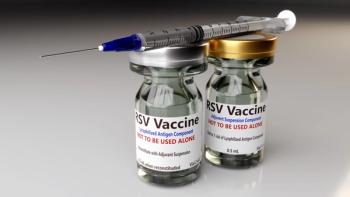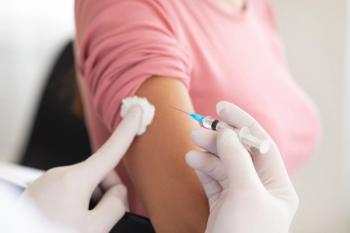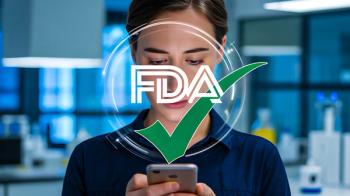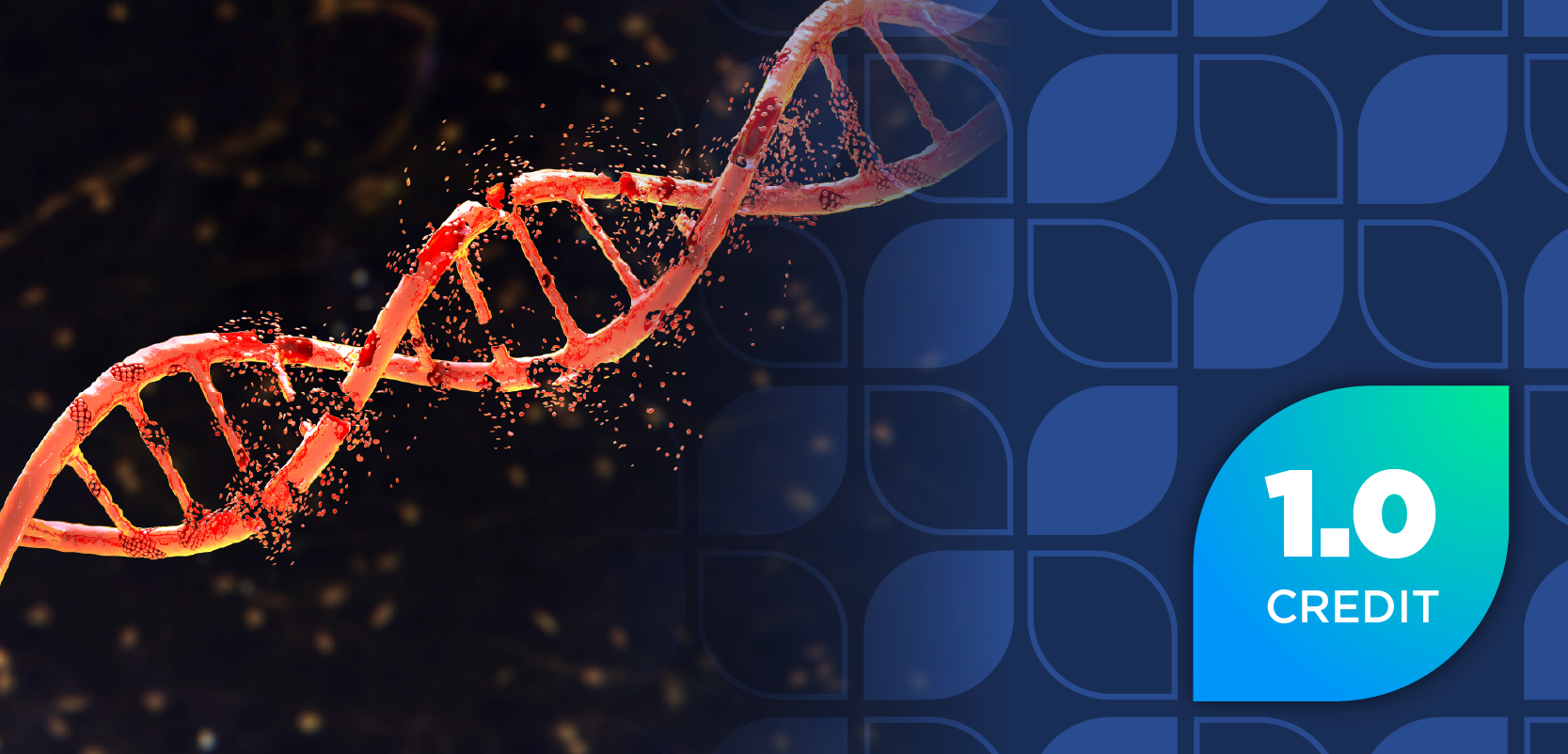
- March 2013 Central Nervous System
- Volume 79
- Issue 3
Nonprescription Treatments for Warts
Patients have a variety of options for self-treatment of common and plantar warts.
Patients have a variety of options for self-treatment of common and plantar warts.
Pharmacists are likely to encounter patients seeking advice on the best self- treatment options for common warts and plantar warts. Warts are classified as noncancerous viral infections of the epidermis and mucous membranes that are caused by the human papilloma virus (HPV). At any given time, warts affect approximately 7% to 10% of the population.1
Warts are usually found on the hands, but can appear on any skin surface and occur most commonly in children between the ages of 12 and 16 years.1 Nonprescription products available for the treatment of common and plantar warts include topical salicylic acid and cryotherapy products that contain a combination of dimethyl ether and propane. Treatment goals for warts include effective removal that produces no scarring and prevents reoccurrence or spreading to other areas of the body or to another person.1 Certain patients, including those with diabetes, peripheral vascular disease, and immunodeficiency disorders, as well as those on immunosuppressive agents, should never attempt to use these products unless directed to do so by a physician.1
Salicylic Acid Products
Products that can be used for self-treatment of common or plantar warts include plaster/pad vehicles that contain salicylic acid 12% to 40%, collodion-like vehicles that contain salicylic acid 5% to 17%, and karaya gum—glycol vehicles that contain salicylic acid 15%.1 Prior to recommending the use of these products, it is critical that pharmacists determine whether self-treatment is appropriate, first ruling out patients with any contraindications relevant to the use of salicylic acid. Other exclusions for self-treatment of warts include painful plantar warts, warts that occur extensively on 1 area of the body, and warts that occur on the face, fingernails, toenails, or genitalia.1 Patients with these types of warts should be referred to a dermatologist for further treatment. In addition, topical salicylic acid should not be used on irritated or infected skin.
Cryotherapy Products
The FDA has also approved a combination of dimethyl ether and propane for wart removal, which allows patients to use cryotherapy as self-treatment for common and plantar warts.1 During counseling, patients should be advised to always adhere to the directions provided with these products, since improper use can cause damage to adjacent unaffected areas of the skin. Warts typically fall off 10 days after the application of the cryotherapy agent.1 A persistent wart can only be treated 3 times using these products. Cryotherapy may cause pain for a short time after application.1 This form of therapy should not be used on patients younger than 4 years, on those who are pregnant or breast-feeding, or on those who have diabetes or poor circulation.1
Conclusion
Prior to recommending the use of products for self-treatment of warts, pharmacists should always make sure that self-treatment is appropriate. Since warts are contagious, patients should be advised to wash their hands before and after having direct contact with the wart to guard against transmission of warts to other areas of the body or to other people. In addition, patients should be reminded to use a separate towel for drying the area that contains the wart to prevent warts from spreading to other areas of the body. Patients should also be warned not to manipulate the wart in any way. If plantar warts are present on the bottom of the foot, patients should make sure the wart is covered when walking barefoot.
Pharmacists should always stress the importance of using wart treatments properly and note that they must be used for the duration indicated in their instructions in order to be completely effective. Patients should be told that perceptible results are typically observed within the first or second week of therapy and that complete wart removal typically occurs within 4 to 12 weeks of starting therapy.1 Patients should be encouraged to seek medical care therapy if the wart remains after 12 weeks of therapy or if there are signs of infection, swelling, pain, or irritation. Patients should also be informed to seek advice from their primary health care provider if their warts reappear after multiple courses of treatment. Finally, patients should always be advised to seek medical assistance if they have any uncertainty regarding the appropriateness of self- treatment.
Ms. Terrie is a clinical pharmacy writer based in Haymarket, Virginia.
References:
- Popovich N, Newton G. Warts. In: Krinsky D, Berardi R, Ferreri S, et al, eds. Handbook of Nonprescription Drugs. 17th ed. Washington, DC: American Pharmacists Association; 2012.
- Warts. American Academy of Dermatology website. www.aad.org/skin-conditions/dermatology-a-to-z/warts/signs-symptoms/warts-signs-and-symptoms. Accessed February 12, 2013.
- Warts. Medline Plus website. www.nlm.nih.gov/medlineplus/warts.html. Accessed February 12, 2013.
Articles in this issue
over 12 years ago
New Drugs of 2012, Part 2over 12 years ago
Benefits of Good Oral Hygieneover 12 years ago
Case Studies in Self-Careover 12 years ago
OTC Product Newsover 12 years ago
Restless Legs Syndrome: Learning to Live with Itover 12 years ago
Status Epilepticus: When Seizures Don't Stopover 12 years ago
Lead Poisoning: Why Won't This Problem Go Away?over 12 years ago
A Continued Call to ActionNewsletter
Stay informed on drug updates, treatment guidelines, and pharmacy practice trends—subscribe to Pharmacy Times for weekly clinical insights.


















































































































































































































